Featured articles

Why Michael Burry just sold all his tech stocks
Michael Burry has just exited a nearly $100 million position on Nvidia that he opened earlier this year.
14:42, 9 October 2025

Gold forecast: Third-party price targets
Gold (XAU/USD) is currently trading at $3,982.94 (as of 6:12pm UTC, 7 October 2025), after briefly crossing $4,000 per ounce for the first time during the session.
14:43, 9 October 2025

How does Elon Musk impact cryptocurrency prices?
In cryptocurrency markets, few individuals command as much attention as Elon Musk. The CEO of Tesla and SpaceX’s tweets, Tesla and Dogecoin announcements, and public statements can trigger periods of heightened volatility, with shifts in buying and selling pressure across digital assets.
13:29, 30 September 2025

Google stock split: What next for GOOGL shares?
Alphabet’s 20-for-1 stock split marked an important point in the company’s market history. This article explains what a stock split is, details Alphabet’s approach, and examines how such actions may influence share structure, pricing and accessibility for traders.
3 hours ago

Who owns Bed Bath & Beyond?: BBBY shareholders 2025
Bed Bath & Beyond has long been a familiar name in American retail, known for its range of home goods and household essentials. In recent years, the company has undergone a period of major restructuring following financial difficulties, refocusing on a leaner operating model and improved efficiency.
4 hours ago

Who is Palmer Luckey? Founder of Oculus VR and defence technology entrepreneur
Palmer Luckey is best known as the founder of Oculus VR and now leads Anduril Industries, a defence technology company.
4 hours ago
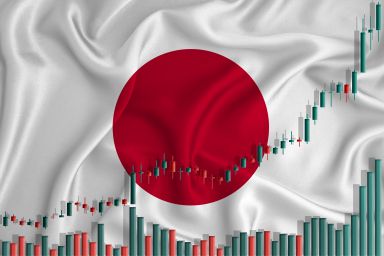
How to invest in Japanese stock CFDs – Japan 225 index
Japan’s stock market provides access to established and internationally recognised companies that remain competitive across technology, consumer goods and manufacturing.
5 hours ago
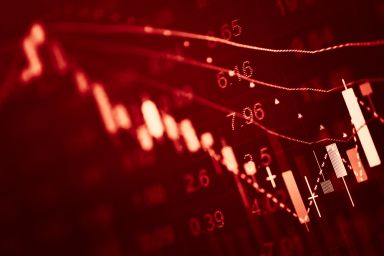
Sentiment drags global equities lower
Global equities end the week on a negative note as investors struggle to find a balance between hopes of a soft landing and expectations of future rate cuts
3 hours ago

How to invest in Japanese stock CFDs – Japan 225 index
Japan’s stock market provides access to established and internationally recognised companies that remain competitive across technology, consumer goods and manufacturing.
5 hours ago

How to invest in Swiss stock CFDs: Switzerland 20 index guide
Switzerland is recognised for its stable economy, political neutrality and well-established financial sector, making it a key player in global markets.
5 hours ago
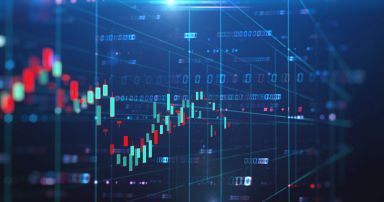
Stocks vs. index trading: what’s the difference?
Stocks and indices each play a central role in financial markets, but they offer different ways to access and interpret market performance. This article explains how both operate, the factors that influence their movements, and what traders may take into account when comparing individual shares with broader market indices.
21 hours ago

Platinum vs palladium: which metal to choose?
We examine the platinum and palladium markets and the latest trends in supply, demand and pricing for both metals in 2025.
6 hours ago

Market Mondays: Shutdown relief drives sentiment higher
Market sentiment improves, lifting equities and weighing on the dollar, as a deal aimed at ending the US government shutdown has passed the Senate
10:50, 10 November 2025

Gold steadies as safe-haven demand increases
Gold sees renewed safe haven interest as investors become more risk-averse, but several hurdles remain ahead
11:23, 5 November 2025

Gold Mining Stocks: Top Producers, Performance and Industry Outlook
Gold mining stocks provide a way to gain exposure to the precious metals market. For CFD traders, identifying which companies offer strong potential can have a notable impact on performance.
07:57, 5 November 2025

Market Mondays: Shutdown relief drives sentiment higher
Market sentiment improves, lifting equities and weighing on the dollar, as a deal aimed at ending the US government shutdown has passed the Senate
10:50, 10 November 2025

Market Mondays: Balancing cuts, earnings, and a stronger dollar
Markets digest the impact of last week's volatility after a hawkish cut from the FOMC and tech earnings that didn't quite meet the mark
11:14, 3 November 2025
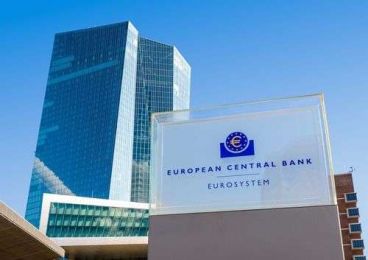
ECB Preview: no action expected as economy settles
The European Central Bank is expected to leave rates unchanged at their meeting this week as the balance of risks remains in favour of moderate growth and inflation
10:59, 29 October 2025

Market Analysis: Gold, Nasdaq 100, GBPUSD
A look into how gold, the Nasdaq 100 and GBPUSD are trading during a busy week of ok key earnings reports and central bank meetings.
09:44, 29 October 2025

Crypto millionaires: stories of those who never give up
From early Bitcoin adopters to blockchain innovators, the top 25 crypto millionaires of 2025 illustrate how innovation, timing and resilience have shaped digital wealth.
3 hours ago
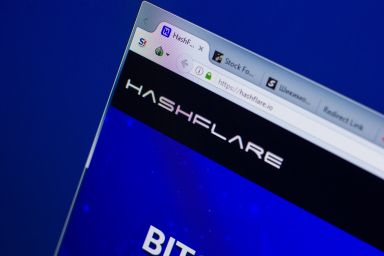
HashFlare $575m fraud – what happened next?
The founders of the bitcoin (BTC) cloud mining platform HashFlare were arrested in Estonia in late 2022 following a joint investigation by Estonian and US authorities into alleged wire fraud and money laundering.
6 hours ago

What is Lido (LDO)? Everything you need to know about the DAO cryptocurrency
Lido (LDO) remains one of the world’s largest Ethereum staking platforms by market share, controlling between 24% and 28% of all ETH staked as of November 2025. This represents a decline from its peak of more than 32% in 2023, reflecting greater competition and changes in the broader staking ecosystem. Past performance is not a reliable indicator of future results.
20 hours ago

Bitcoin price history: how BTC has evolved since 2009
Explore the timeline of Bitcoin’s price movements – from its inception to today.
21 hours ago
